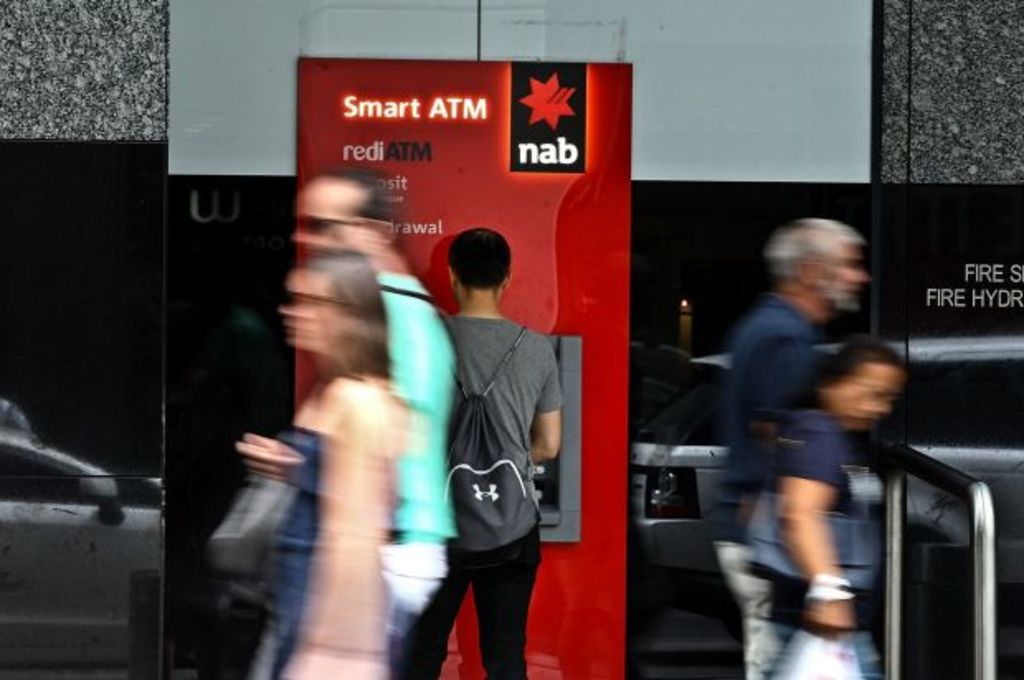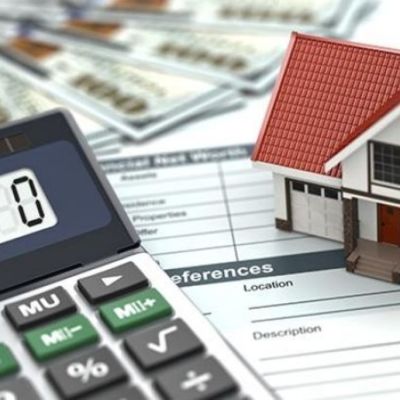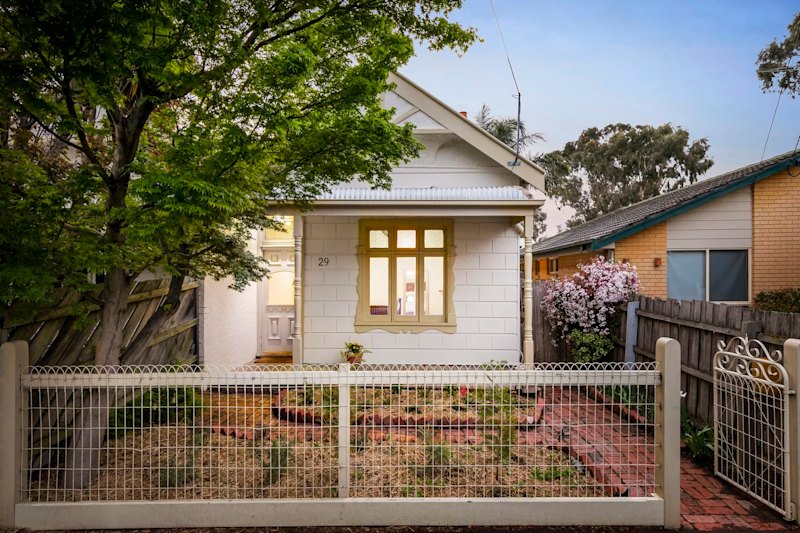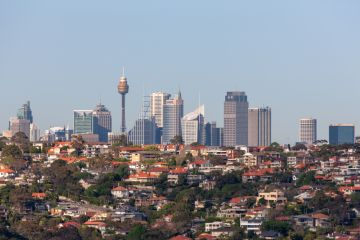NAB announces record low fixed rate for first home buyers, but hike rates for investors

It sounds too good to be true: a bank offering cheaper mortgages to first home buyers, and slugging investors more. But that is exactly what the National Australia Bank claims to be doing.
NAB is throwing a bone to struggling first home buyers by offering their lowest ever rate, a two-year fixed-rate home loan package set at 3.69 per cent a year.
The bank says the package will save $50 a month in repayments, based on a $300,000 loan. It is also moving to recognise an applicant’s rental history as a form of “genuine savings”.
The news isn’t good for investors as the bank announced its variable rate for residential investment home loans is jumping from 5.55 per cent to 5.8 per cent
ABS housing figures show that the percentage of loans taken out by investors has again risen above 50 per cent, while for first home buyers it dropped to 13.4 per cent.
Graham Cooke, insights manager at Finder, said giving first-hom buyers preferential treatment was “a trend we may expect to see more of”.
He doesn’t regard the investor rate rise as surprising. “Ninety per cent of economists surveyed by Finder are expecting to see further out-of-cycle rate hikes through the year.”
He points out that “what we have seen are a significant number of banks increasing loans aimed at investors”, rather than owner-occupiers.
“NAB’s tactic of increasing investor rates, while also offering a beacon of hope to first-timers, is interesting and we may well see other banks add sweeteners to the market as they bump investor rates.”
First home buyers should, however, exercise some caution. “It’s important to remember that this low-interest environment is not here to stay”.
Most surveyed expected a rate rise later this year, or early in 2018. Cooke suggests that anyone “looking to buy should be able to afford to pay back rates at least 2 to 3 per cent higher than they are today”.
Domain Group chief economist Andrew Wilson says the driver of higher interest rates is “the very tough conditions that banks are facing in this low interest rate environment”.
“We’re seeing this disengagement from the official interest rates from the banks,” he explains, but he doesn’t attribute it to concerns about investor risk.
“This is about maintaining profits, or maybe increasing profits, but maintaining profits in a tough trading environment.”
Dr Wilson is concerned that any measures aimed at reducing investor lending will have a flow-on effect for renters, making it harder, not easier, for them to buy in.
“It’s terrible news for Sydney and Melbourne tenants in particular, considering the chronic short of rentals in those markets,” he says.
He says higher interest rates act as a disincentive for investors to buy properties, which means a drop in badly needed rental stock.
Existing landlords also have the option of passing the increase onto tenants, or switching to more profitable short-term holiday lets.
“One of the key drivers, which they can’t stop, is immigration, which is putting immediate pressure on rental supply.
“And I’m not sure the Reserve Bank has its head around just how tough things are for Sydney tenants.”
Dr Wilson doesn’t think investors will be prompted to consider selling because of the increase.
“Transactions costs are high in selling, and where do they put their money anyway? Deposit rates are so low, so investors are putting their money in residential real estate.”
We recommend
We thought you might like
States
Capital Cities
Capital Cities - Rentals
Popular Areas
Allhomes
More










